RACK HV PRO
Remote monitoring for RACK HV PRO energy storage systems
Remote Monitoring for RACK HV PRO Energy Storage Systems: A Comprehensive Overview
In the realm of energy storage systems, the RACK HV PRO has emerged as a cutting-edge solution designed to meet the growing demands of modern power applications. As industries and consumers alike seek more efficient and reliable energy storage solutions, the integration of remote monitoring has become a cornerstone of RACK HV PRO’s functionality. This article delves into the importance, benefits, and implementation of remote monitoring for RACK HV PRO energy storage systems.
The Importance of Remote Monitoring
Remote monitoring is a critical feature in energy storage systems, enabling real-time data collection and analysis of system performance. For RACK HV PRO, this capability is essential for maintaining optimal operation, ensuring safety, and maximizing the lifespan of the system. By leveraging advanced sensors and communication technologies, remote monitoring provides actionable insights into key parameters such as battery health, temperature, voltage, and current.
Key Features of Remote Monitoring in RACK HV PRO
Real-Time Data Collection: RACK HV PRO’s remote monitoring system captures and transmits data from various sensors embedded within the energy storage system. This data is then analyzed to identify trends, detect anomalies, and predict potential failures.
Predictive Maintenance: By analyzing historical and real-time data, remote monitoring allows for predictive maintenance. This proactive approach minimizes downtime and extends the operational life of the RACK HV PRO system.
Efficiency Optimization: Remote monitoring enables fine-tuning of the energy storage system’s performance, ensuring maximum efficiency. This is particularly crucial in applications where energy optimization is paramount, such as renewable energy integration and grid stabilization.
Security and Safety: The ability to monitor the system remotely enhances safety by promptly identifying and addressing potential hazards, such as overheating or voltage imbalances.
Implementation of Remote Monitoring
The implementation of remote monitoring in RACK HV PRO involves several key components:
Sensors: High-precision sensors are installed throughout the energy storage system to collect data on critical parameters.
Communication Protocols: Secure and reliable communication channels, such as 5G, LoRaWAN, or Wi-Fi, are used to transmit data from the sensors to a central monitoring platform.
Software Platform: A robust software platform is utilized to process, analyze, and visualize the collected data. This platform also generates alerts and recommendations based on the analysis.
Integration with Existing Systems: Remote monitoring can be seamlessly integrated with existing energy management systems (EMS) and building management systems (BMS) to provide a holistic view of the energy storage system’s performance.
Benefits of Remote Monitoring
Enhanced System Performance: By continuously monitoring the system, remote monitoring ensures that RACK HV PRO operates at peak efficiency, reducing energy losses and improving overall performance.
Cost Savings: Predictive maintenance and optimized operations reduce the need for reactive maintenance, leading to significant cost savings over the lifecycle of the system.
Improved Reliability: Remote monitoring minimizes the risk of unexpected downtime, ensuring consistent and reliable energy storage and delivery.
Environmental Benefits: By optimizing energy storage and reducing system failures, remote monitoring contributes to a more sustainable energy ecosystem.
Challenges and Solutions
While remote monitoring offers numerous benefits, there are challenges that must be addressed. These include:
Cybersecurity Risks: The reliance on digital communication and data transmission makes RACK HV PRO systems vulnerable to cyber-attacks. Implementing robust cybersecurity measures, such as encryption and access controls, is essential.
Data Privacy: The collection and transmission of sensitive data raise concerns about privacy. Ensuring compliance with data protection regulations and implementing strict data management protocols is crucial.
Network Reliability: The effectiveness of remote monitoring depends on the availability and reliability of communication networks. Redundant network connections and fail-safe mechanisms can mitigate this risk.
Remote monitoring is a vital component of the RACK HV PRO energy storage system, offering significant advantages in terms of performance, reliability, and cost-effectiveness. By leveraging advanced technologies and robust software platforms, RACK HV PRO ensures that energy storage systems operate at their full potential. As the demand for efficient and reliable energy storage solutions continues to grow, the role of remote monitoring in RACK HV PRO will become increasingly important in shaping the future of energy management.

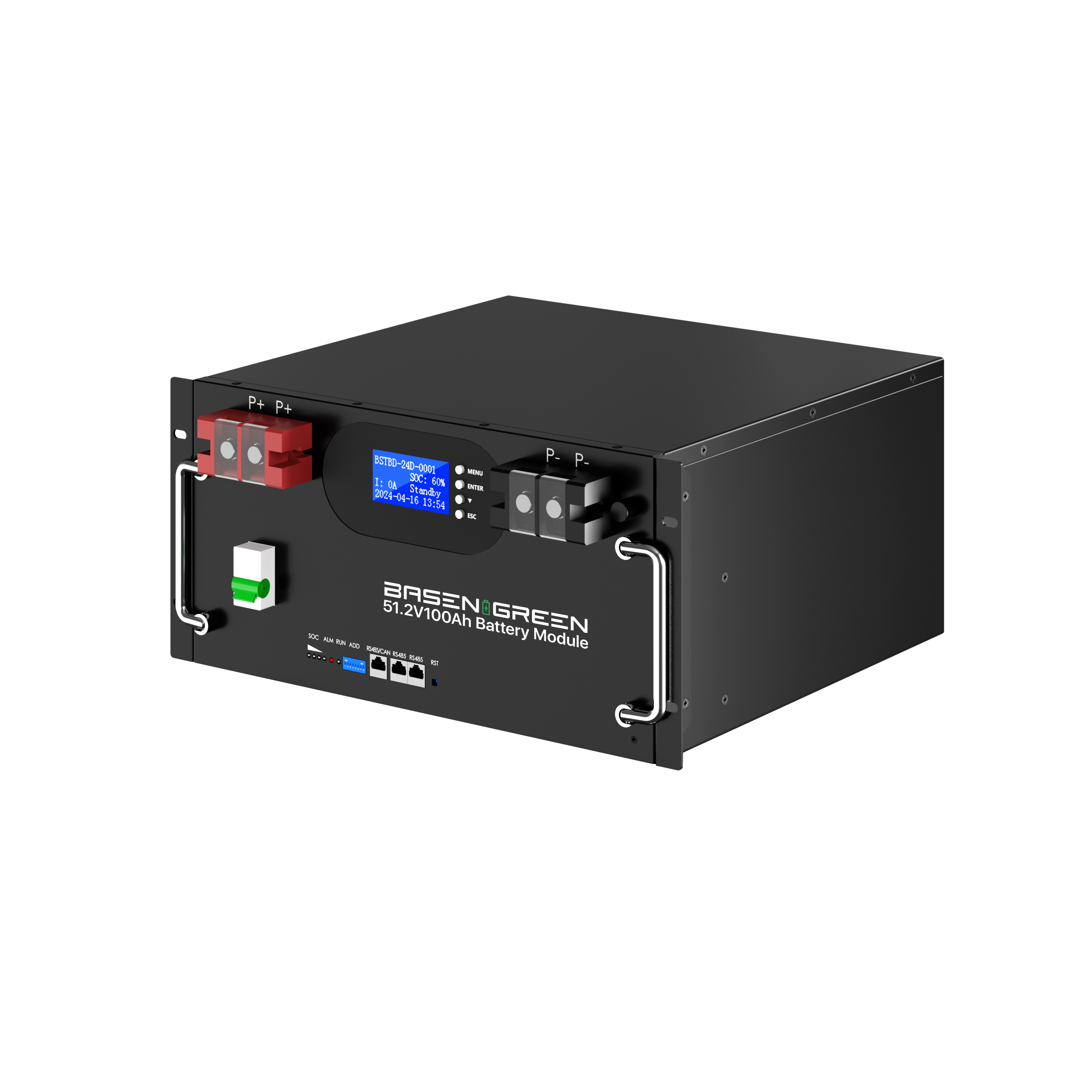
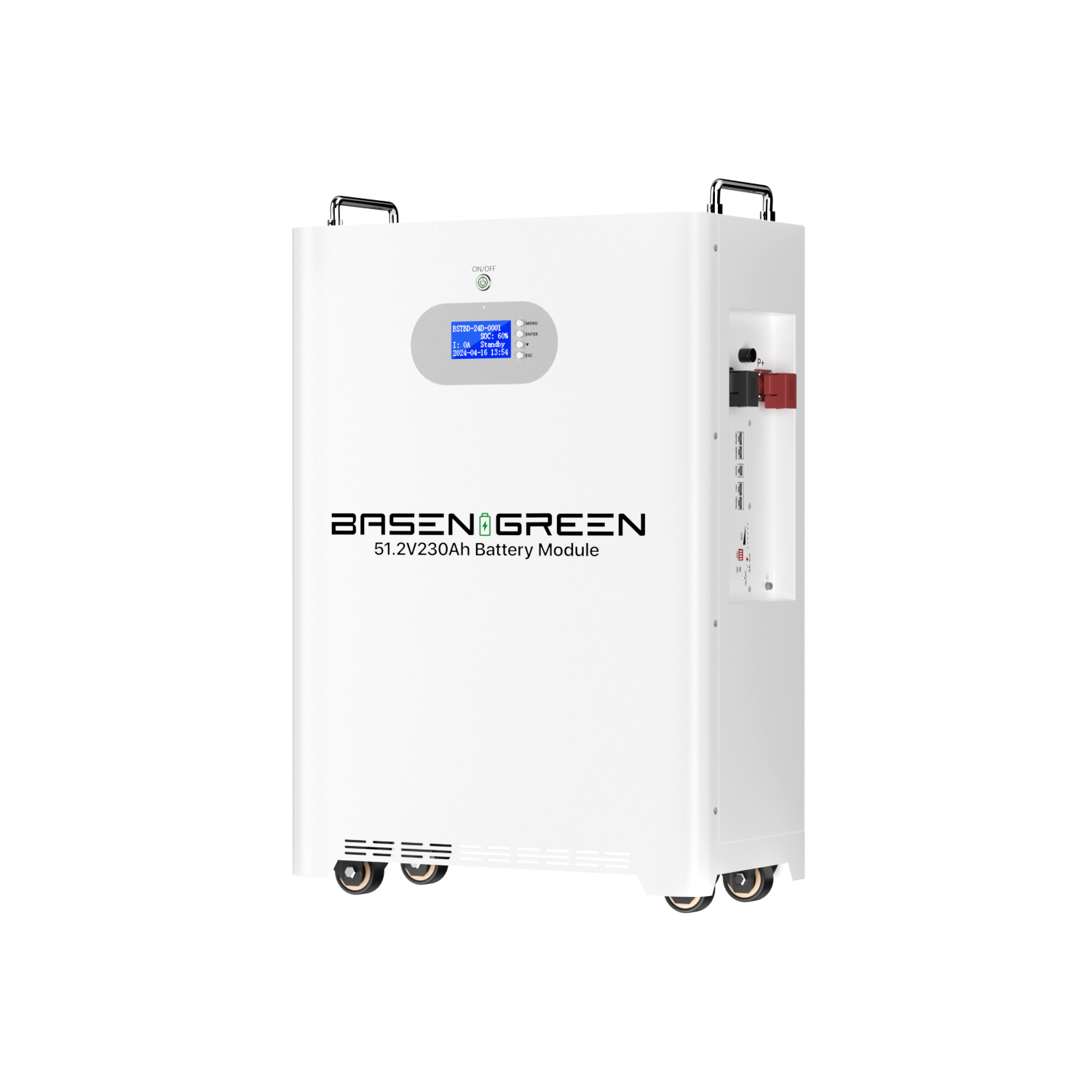
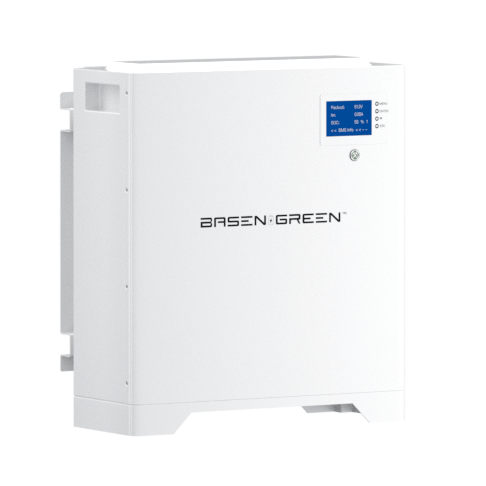
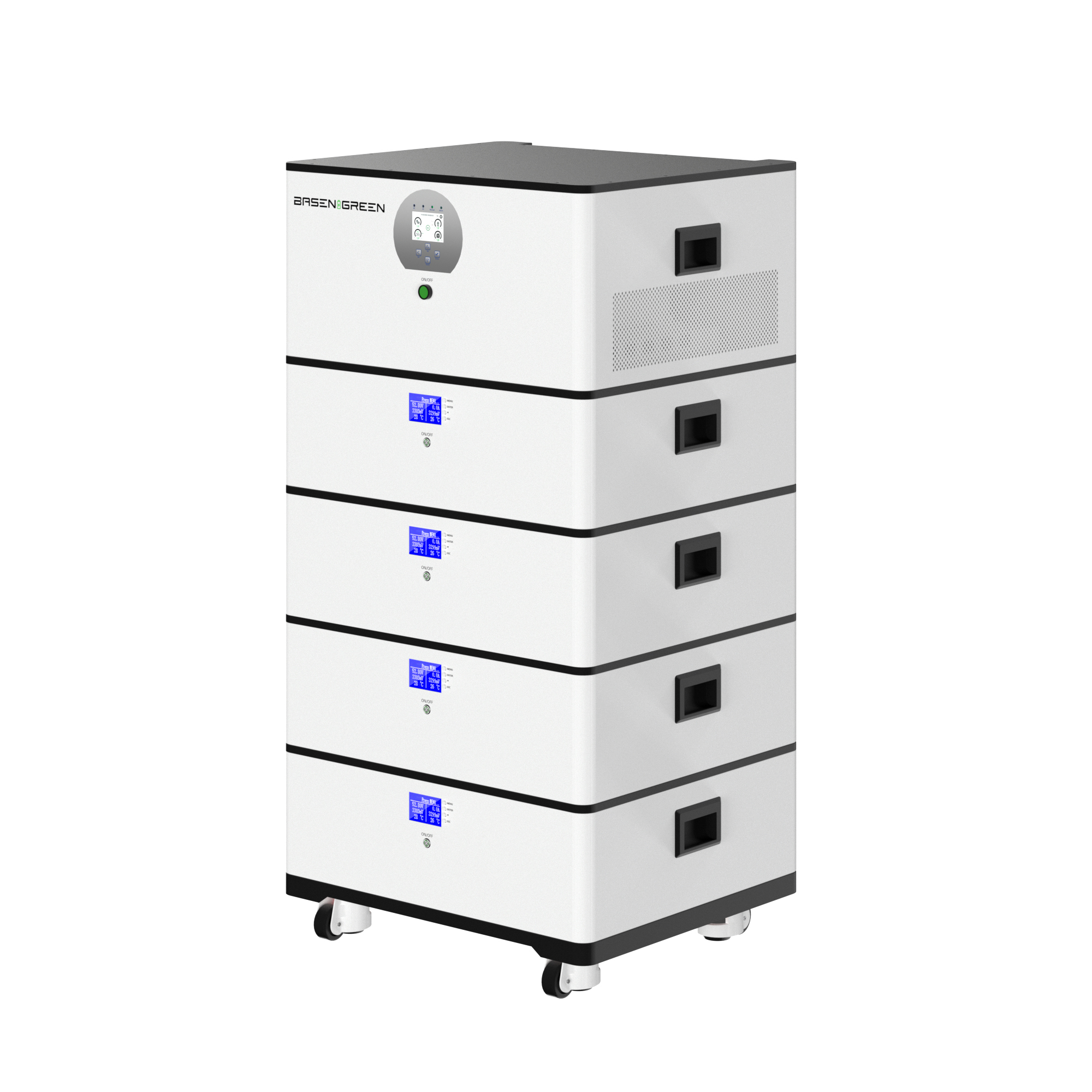

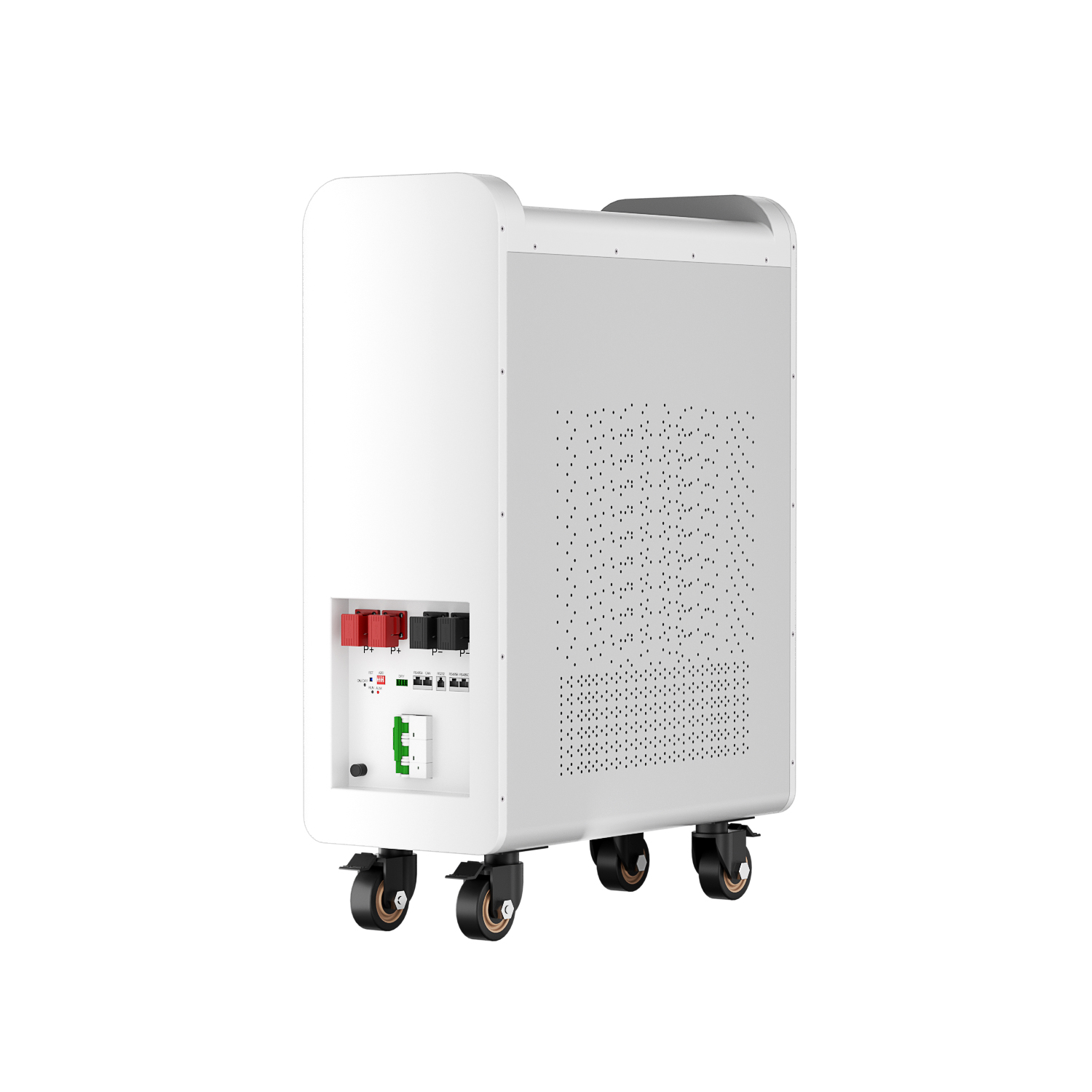
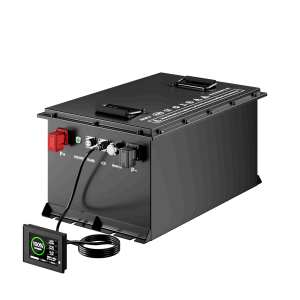
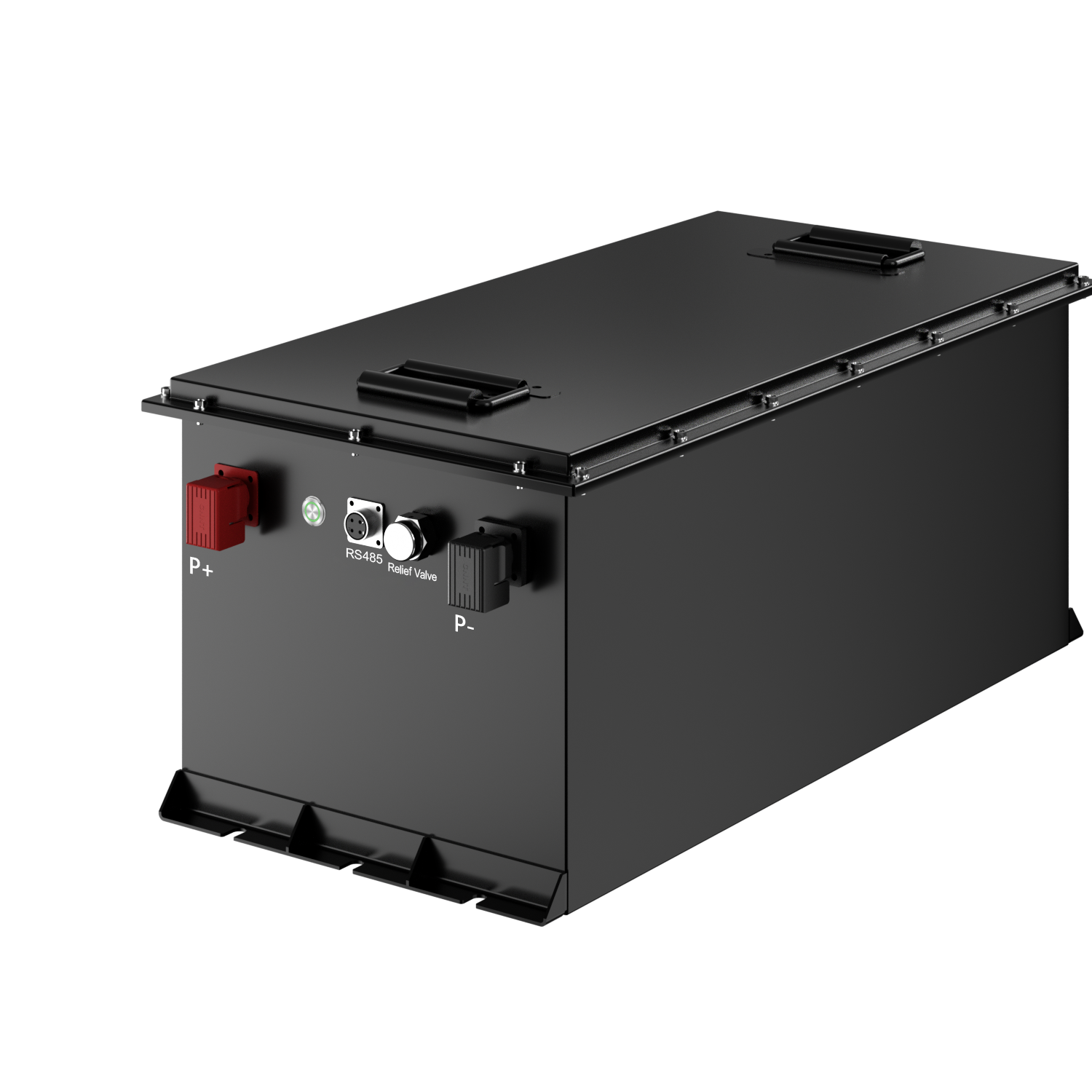
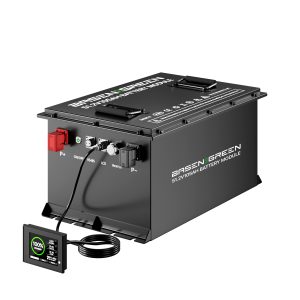
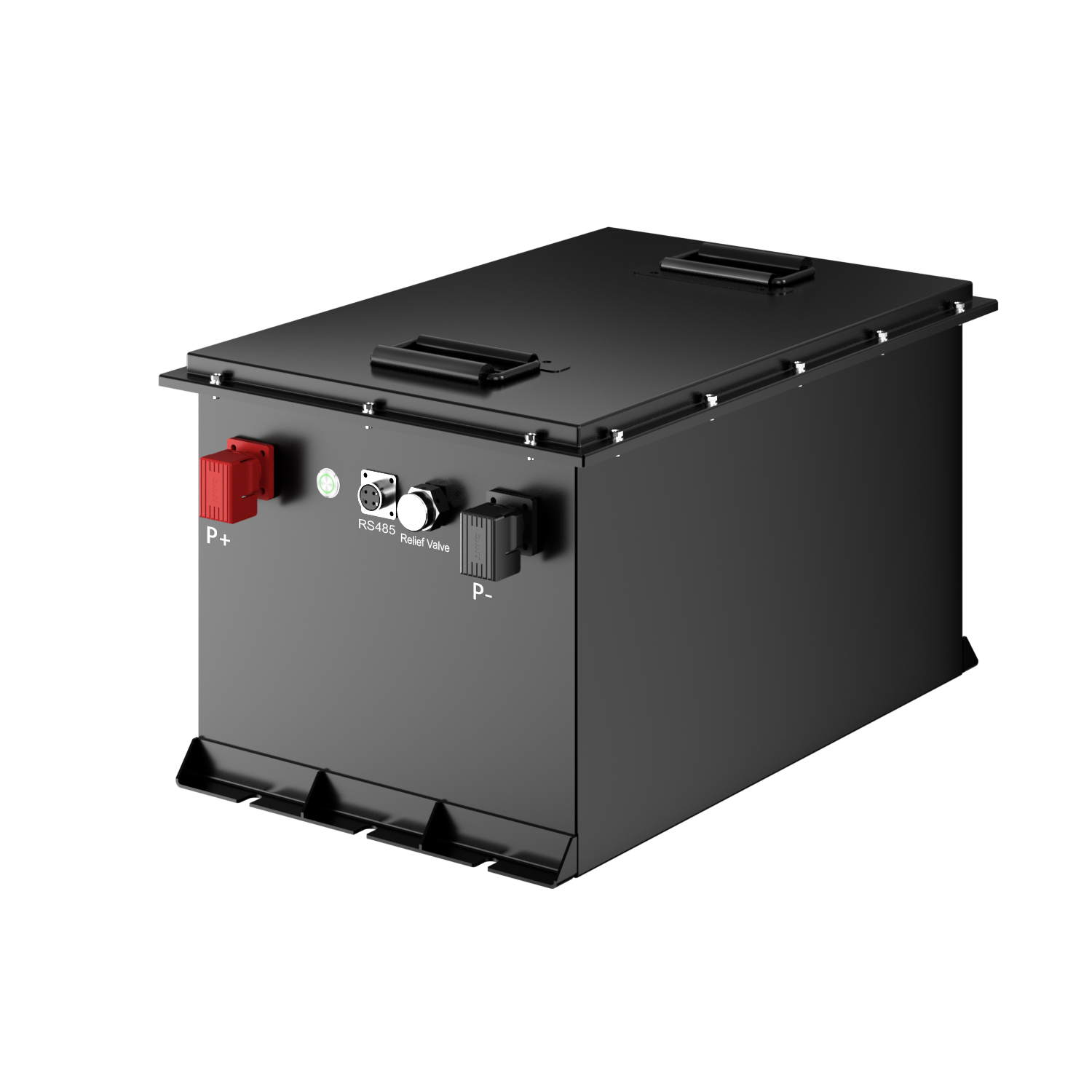
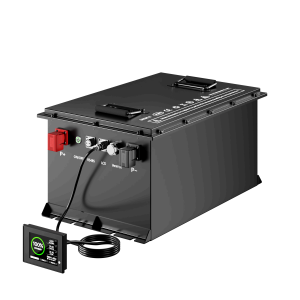
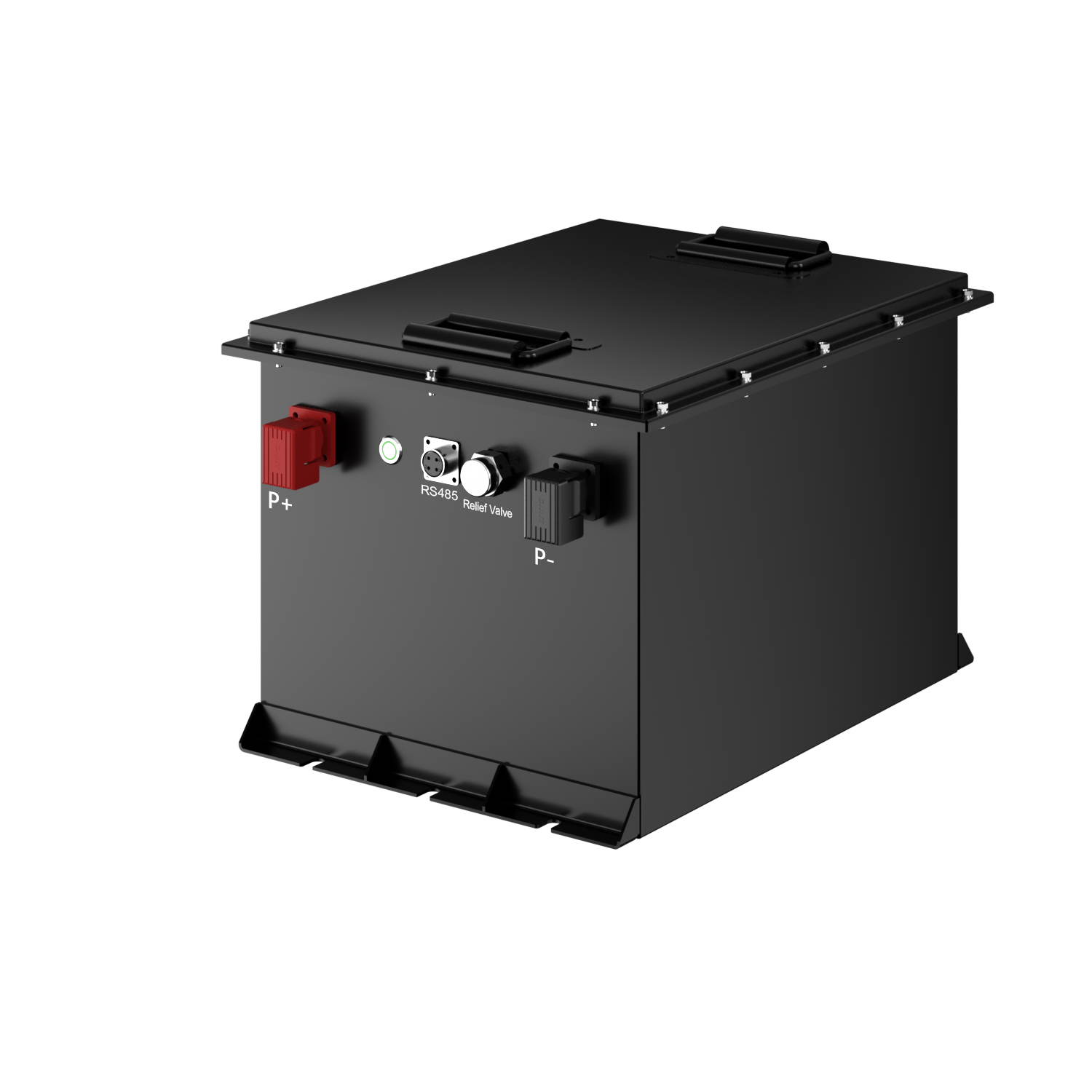


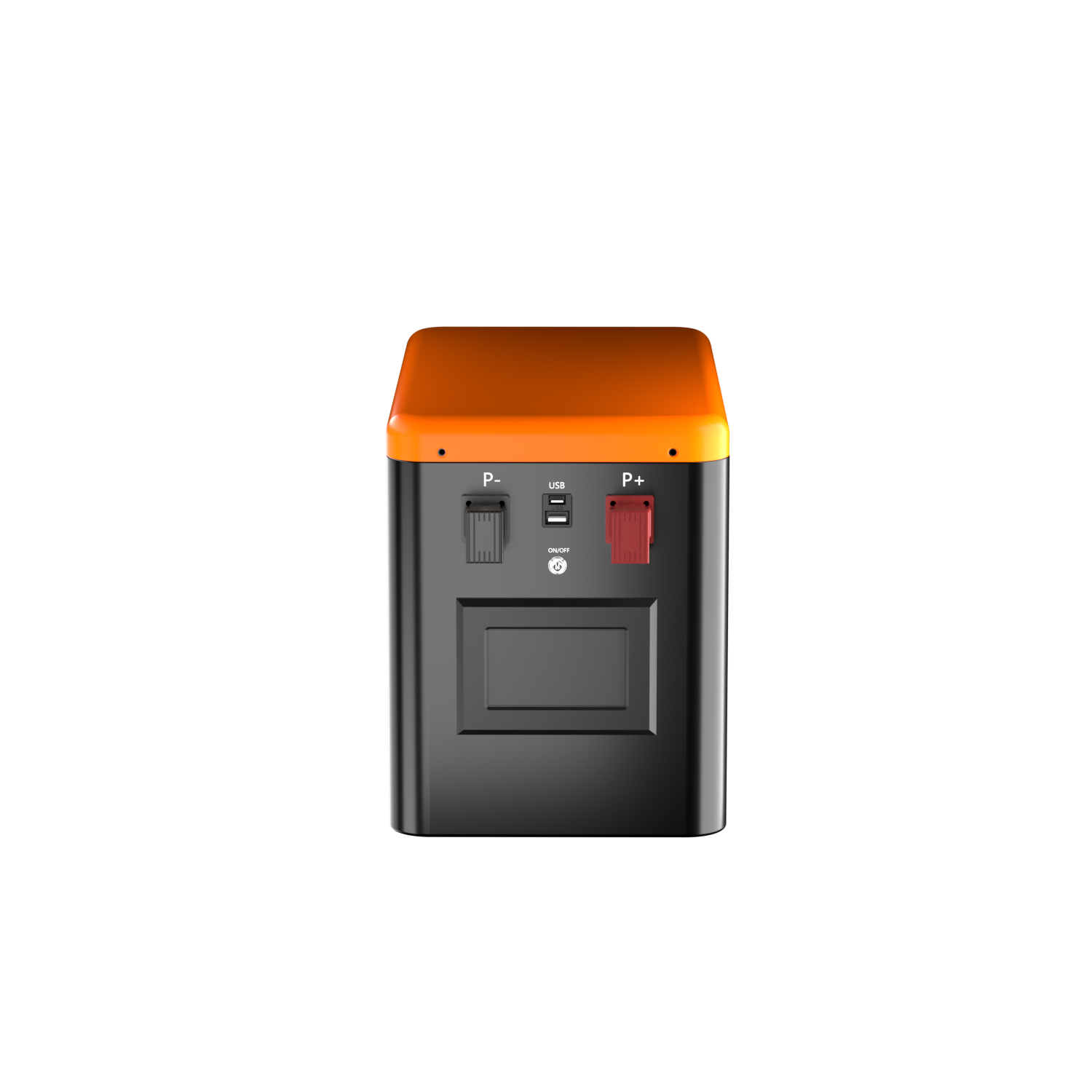
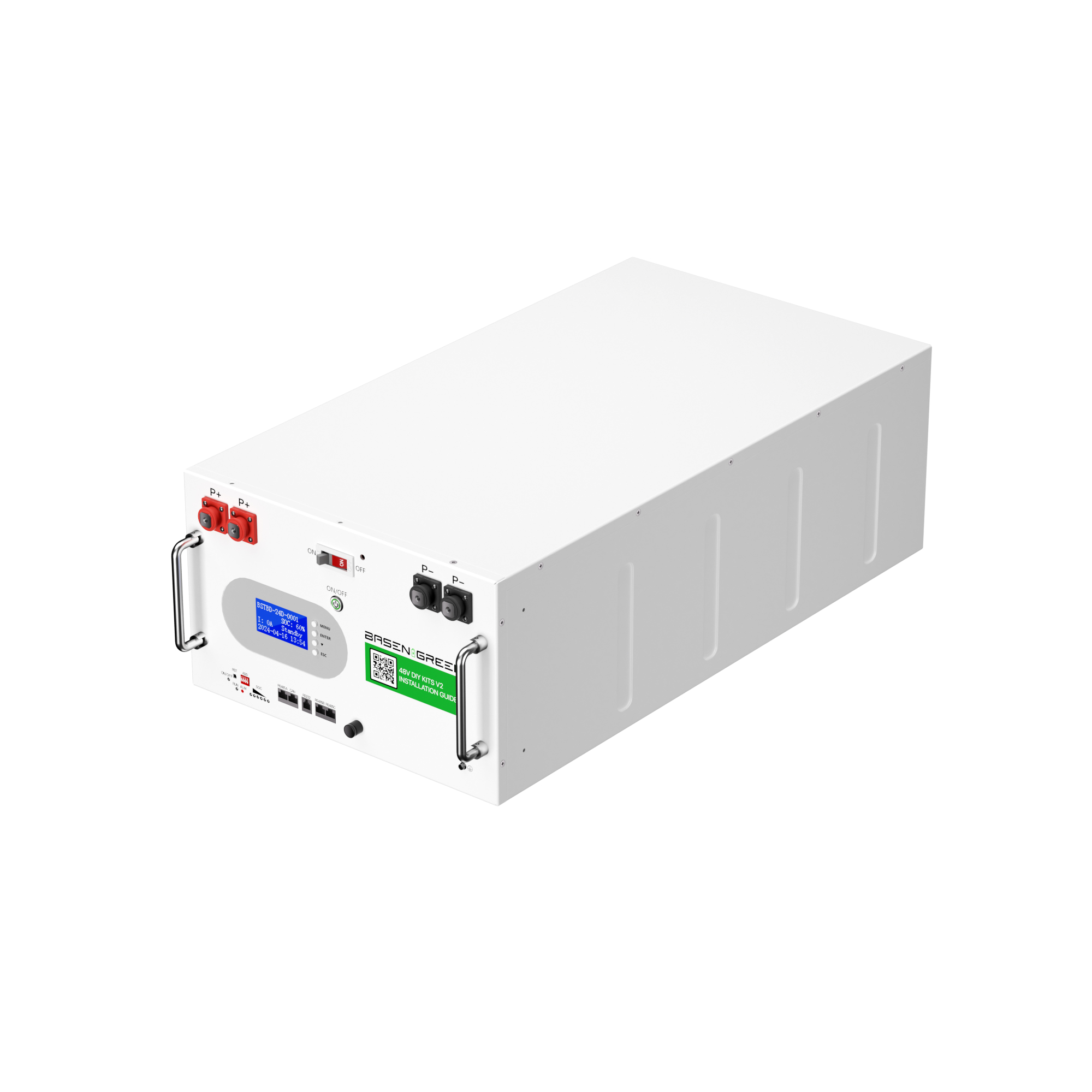
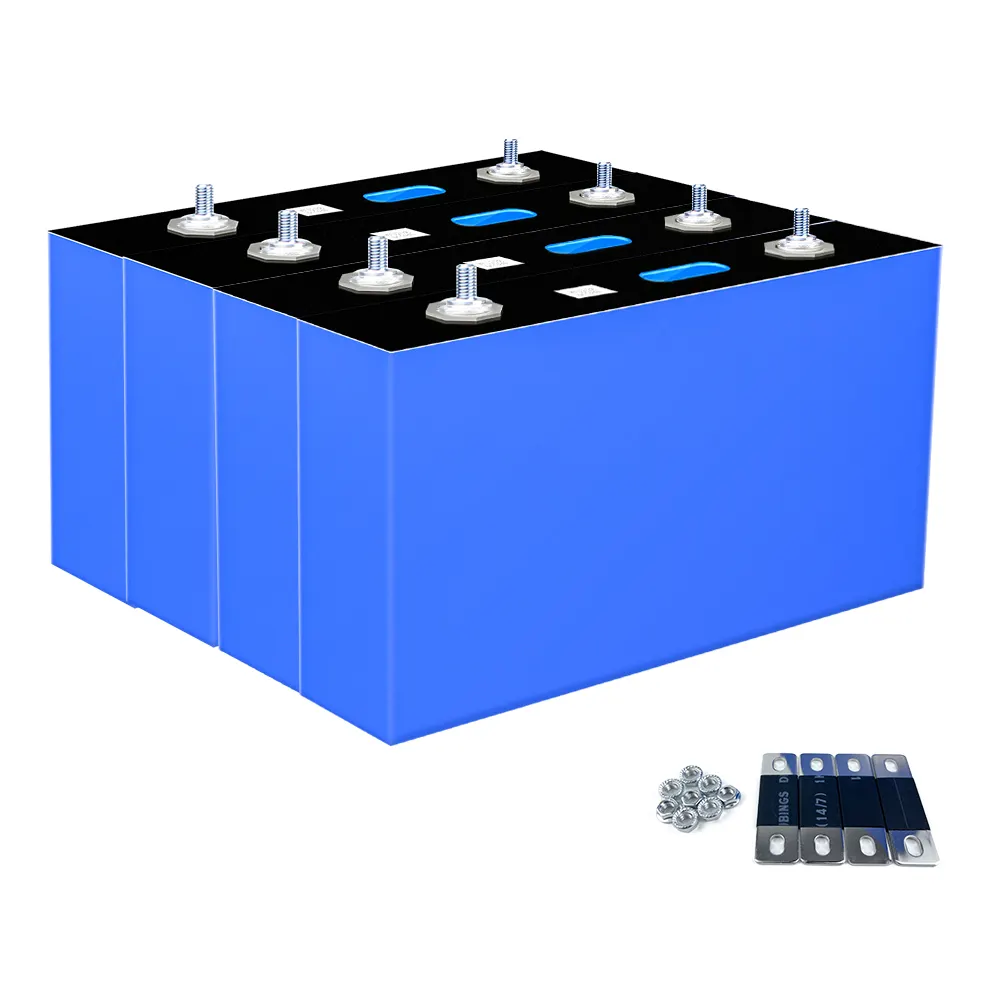
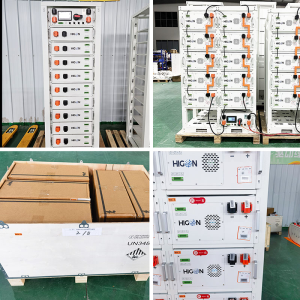
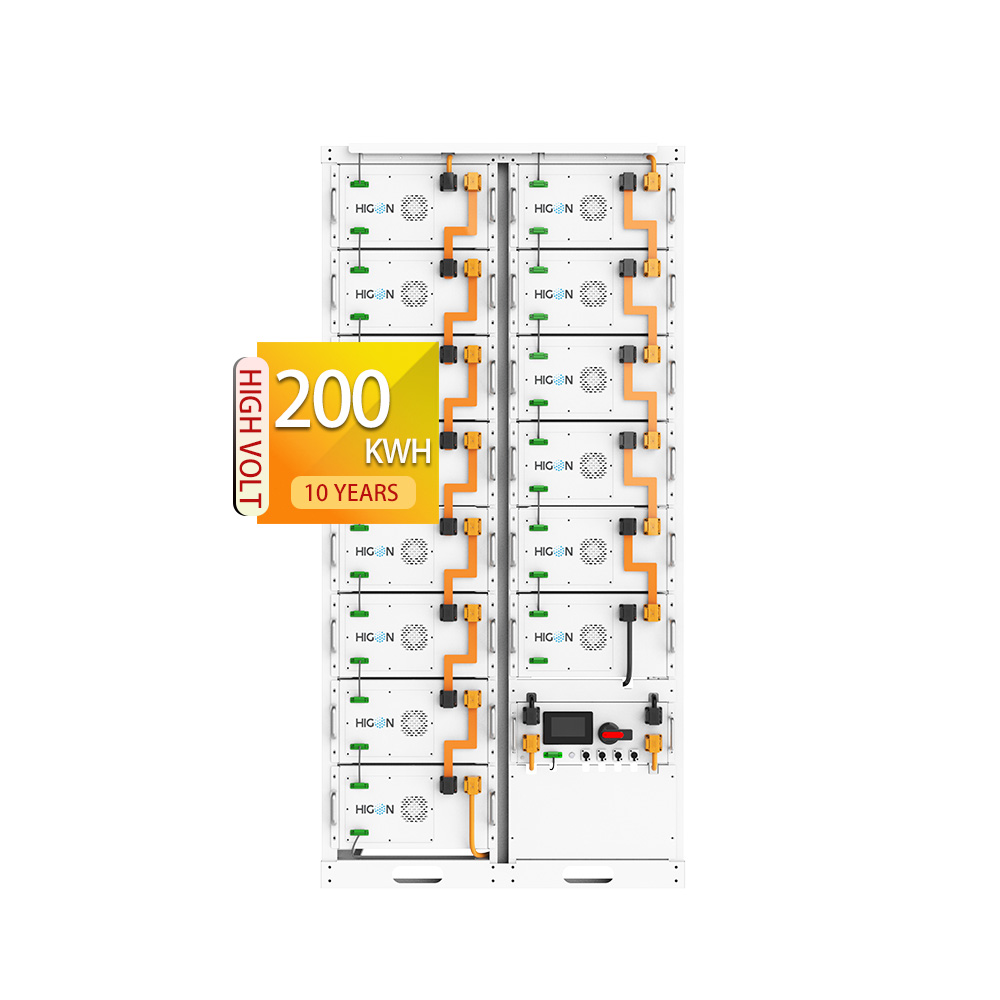
.png)